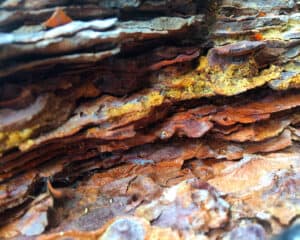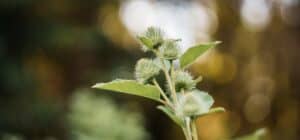Table of Contents
From a constitutional perspective, it appears that most herbal medicines have a drying effect upon the tissues. Whether it’s from increasing urination, exocrine gland secretions, sweating…. there are many ways that herbs lead to fluids leaving the body and this ultimately has a net drying effect.
Thus, knowing your moistening materia medica is critical for success as an herbalist and a formulator, especially in our modern world where there is a great prevalence of constitutional dryness.
Cross comparing different traditional models of dryness, we see that in Chinese Medicine it is referred to as Yin Deficiency. In Ayurveda dryness is governed by the Vata Dosha, which also tends to be cold and tense. From the perspective of our western herbal energetic model, this would be classified as the Dry/Atrophy tissue state, characterized by weakness, emaciation, withering tissues that are malnourished and loosing function. I remember one time Michael Tierra commented in a lecture that Yin Deficiency is likely one of the most overlooked patterns by western herbalists and will usually be an obstacle to cure. If the herbs you are giving aren’t working and should be working then it’s likely you have an underlying Yin Deficiency to correct.
In regards to herbal formulation, knowing your moistening remedies is critical because most herbal remedies are drying in nature. There are often times you want to give someone a certain herb, but the moisture quality of the herb may not match that of the person. It doesn’t mean you can’t give that herb to them, you simply need to formulate it in a way that will bring it into greater balance for that person.
This is a formulation principle we see in the Unani-Tibb system (Arabic medicine) called corrigents. This is oftentimes seen as just adding certain herbs to formulas to make them taste better, but in actuality the principle of corrigents is adding remedies to an herbal formula to correct its underlying energetics or constitutional actions.
In this post I share some core concepts of dryness in the body, how and why to use moistening remedies and a few of my favorite examples.
Drying plants
If we look at most of our herbal medicines, we see that a lot of them tend to be drying energetically. They’re bitter, warming or astringent and they tend to make the body secrete fluids that over the long term leave the body dry or have a drying effect. This is important because the dynamic of dryness in terms of the state of our tissues or the state of someone’s constitution is common or what in Chinese medicine is referred to as yin deficiency. Yin is basically talking about the fluidic element of the body. The qualities of yin are cool, sinking and moistening, so when that yin quality becomes deficient, oftentimes it manifests constitutionally as dryness.
In our Western physiomedicalist tradition, this would be referred to as the dry atrophy tissue state. In Ayurveda, this would be considered an excess of vata dosha, which is predominantly the dry dosha in Ayurveda.
The dry atrophy tissue state basically describes vata. An excess of vata presents as cold, dry, tense, light, mobile, mutable, changeable. It’s governed by the air and ether elements and those two elements in the Ayurvedic tradition are said to have a drying action on the body. But one of the things about dry atrophy is this dynamic of “atrophy.” Atrophy basically means withering, weakening, emaciating of the tissues, because the tissues aren’t getting the nutrition that they require. And so they become very brittle or very weak and malnourished, emaciated and ultimately aren’t functioning as properly as they should.
Oil and Water
So why would that be? Basically what we’re talking about here is the Water element, predominantly in deficiency. And this fluid element of the body manifests in two forms: water and oil, showing us that there are two types of hydration; water hydration and oil hydration. The oil component is something that is commonly overlooked in terms of hydration. We see the importance of that with the sebaceous secretions on the skin, the oily secretions of the skin. We see that with the nervous system, which is coated in oils. We see that with the hair. Literally every cell membrane of your body is composed of fats and oils, which is called the phospholipid bilayer. The integrity of the membrane of the cell is determined by the quality of the oils that we’re getting predominantly from our diet. This is why eating crappy oils isn’t good—because if you’re eating hydrogenated oils or unnatural processed kinds of oils, the integrity of that cell membrane is compromised. A cell membrane should be very fluid. It’s suspended in this aqueous matrix—or the extracellular fluid, and if that cell membrane is basically hydrogenated—i.e., solid—it becomes rigid. If it’s rigid, then it affects inner-cellular communication and affects the channels of the cell’s ability to open and close, to receive nutrients, and to expel waste products.
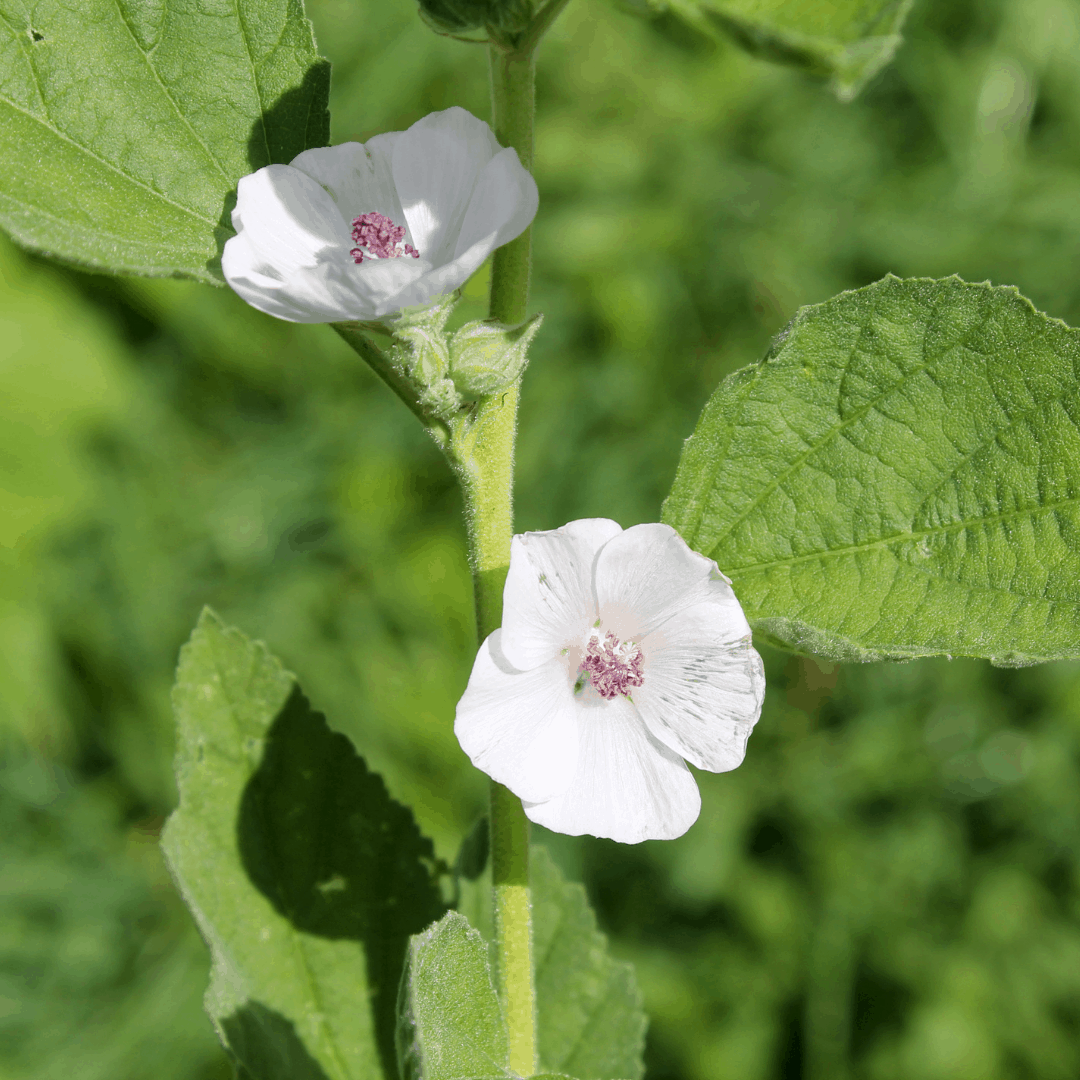
One of the things that we see with a deficiency of either water or oil is this atrophy, this emaciation, this weakness that starts to happen in the body. Fluids are the delivery mechanism. Most of our body is water. If we’re deficient in that water, then the body’s going to have an extremely difficult time delivering nutrients to the cells. If the cell is all dried up and cracked and the river is dried up, it’s going to be pretty hard to deliver nutrients to that cell to nourish it. Conversely, it’s also going to be very difficult for that cell to adequately expel and eliminate its waste products. Because that fluid element isn’t only delivering nutrients. It’s also allowing the waste products to leave the cell, get delivered to the liver or the kidneys to be ultimately eliminated from the body.
So with the dry atrophy tissue state, we see not only the cells becoming weak and emaciated from a lack of nutrients, but also an accumulation of metabolic waste products, because nothing’s going to be able to get in or get out. Everything is stuck.
A Cascade of Effects
The dry atrophy tissue state also especially affects a couple of different tissues and organs. We see it affects the mucus membranes which line the lungs, the urinary tract, and the digestive system. When those mucus membranes become dry, the local immunity in these organ systems become impaired because our immune system need fluids in the mucus membranes to be present. So if the mucus membranes aren’t secreting, we’re going to see decreased immunity in these local tissues.
We also see that the nervous system strongly affected by this tissue state because the nervous system is coated in oils. What we call the “myelin sheathing” that surrounds the nerves which allows the electrical signals through the nervous system to be conducted, as well as for those neurotransmitters to cross the synaptic cleft. When we see dryness in there, it really affects the nerves. This is why vata tends to be tense and nervous.
Lastly we see it affect the endocrine system. A lot of this comes back to the oil piece, because a lot of the hormones in our body need oil to function. Hormones generally have to travel a long distance through the body, and if that oil is deficient, we can actually see endocrine function lowered, because their delivery mechanism isn’t there. That’s one element of endocrine imbalance that I don’t think many people look at. We tend to ask whether it’s too high or too low. But we don’t look at whether it can even travel through the body to get to where it needs to go, which can ultimately be affected by oil. We also see that with the adrenal glands—a lot of the manufacturing of those adrenal hormones is fat. The whole outer part of the adrenal gland is basically fat. So when we see this oily dehydration or atrophy tissue state in its more extreme manifestation, you can see actual adrenal atrophy, which would be true adrenal burnout and fatigue, which is pretty serious. It’s not just that you’re tired or feel like your adrenals are burned out, it’s deep, vital exhaustion. It’s a pretty serious state.
So I wanted to mention some of the different patterns that we see in Eastern and Western systems and how those tend to manifest within the body. Because most of our herbs are drying, this makes our moistening materia medica important to learn, important to study and know the specificities of our different moistening herbs.
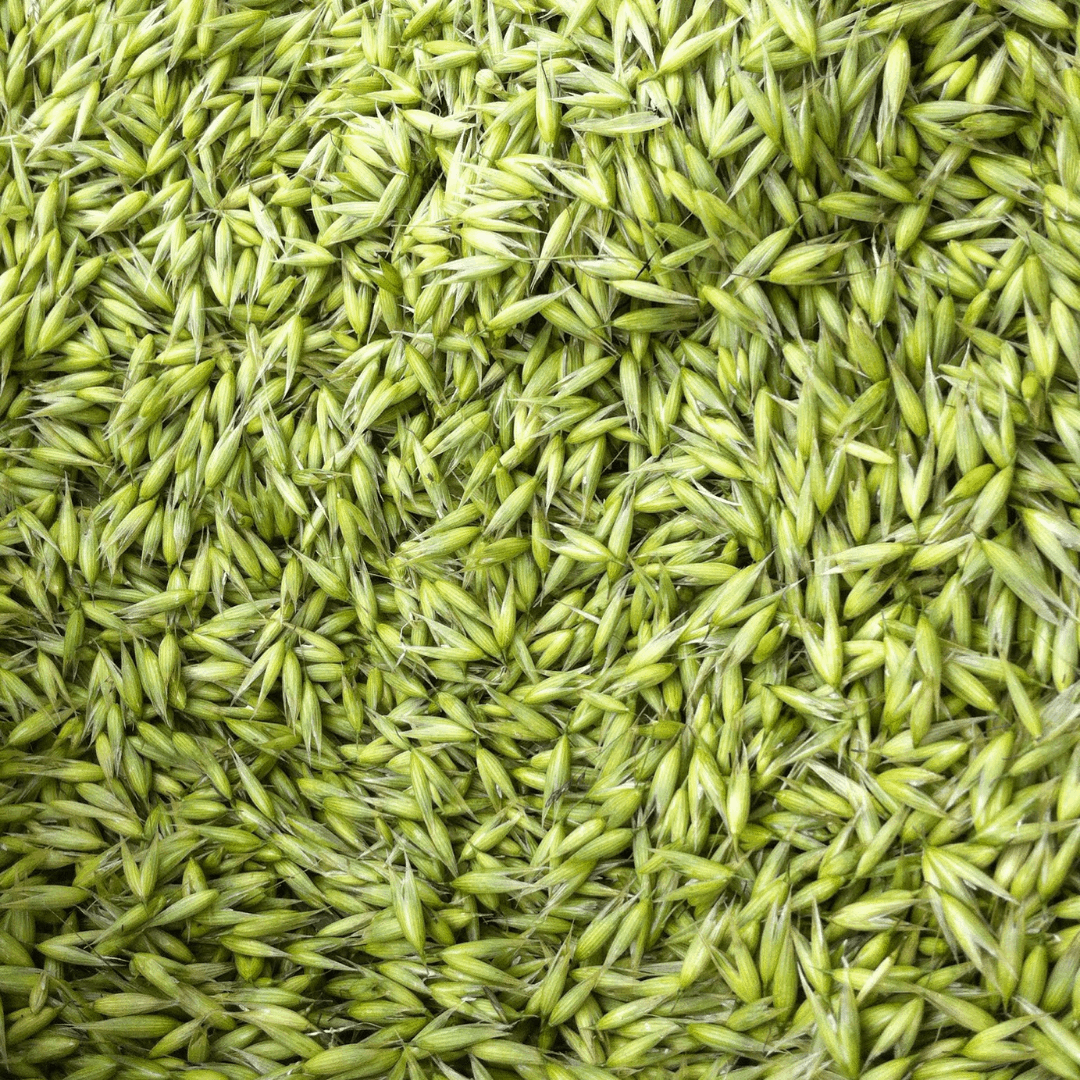
Yin Deficiency
One of the things that Michael Tierra says about yin deficiency is that for Western herbalists, it’s actually one of the most commonly overlooked aspects of someone. In a workshop I took with Tierra at an herb conference years ago, he said that if your herbs aren’t working or your protocol isn’t working and you’re giving them all of the “right” herbs, there’s quite likely an under-the-surface yin deficiency, because yin as this fluid element is what allows the body to absorb and distribute things. So if the yin is deficient, then the body isn’t going to be able to make use of what you’re giving it, because it can’t absorb and it can’t distribute and utilize the protocol that you’re giving it. Tierra said that it’s one of the most overlooked patterns that you have to learn to assess. He says that yin deficiency is very common with high vata, stress, nervous, tense, anxious, not enough sleep, drinking too much coffee, eating processed foods, not drinking enough water, not eating adequate oils. All of these things compound into a yin-deficient, dry, high-vata constitutional pattern in a person. Hence we need to know our moistening materia medica.
I tell my students that it’s best to just learn all the herbs that are typically moistening and especially what organ systems they are moistening for. And then basically from there on, you can assume that most other herbs are drying. Obviously there are exceptions to that rule, like any rule in herbal medicine.
Demulcents
In general, what we’re looking at here is a category of herbs that we refer to as demulcents or emollients. Demulcents basically moisten dryness. One thing that dryness ultimately leads to is hardness. So emollients soften hardness. Ultimately something that’s demulcent is emollient and something that’s emollient is demulcent. They’re pretty much the same thing. They have just a slightly different meaning.
These are remedies that typically contain mucilaginous polysaccharides that have a sweet flavor to them and that ultimately generate yin inside the body, meaning that they increase hydration and moisture within the tissues, predominantly within the mucosal membranes. That’s really where we see most of our demulcents work. Again, that’s the lungs, that’s the gut, and that’s the urinary tract. We do have certain herbs that work on all of these very nicely. These are our more common or popular demulcents, but then we do have certain demulcents that might have more specific affinities for the certain organ systems.
My number one demulcent straight up is marshmallow (Althaea officinalis). I use marshmallow a lot. One thing about many, though not all, demulcents is that they’re only water soluble. That’s not true across the board, but for the most part, mucilaginous polysaccharides are not well extracted in alcohol. Slippery elm (Ulmus rubra) is another demulcent, though I prefer to use marshmallow because slippery elm has a threatened ecological status. It’s been on the United Plant Savers at-risk list for a while. Paul Bergner says that any elm will do, any Ulmus will do. They’ve done some experiments with other species of elm and shown them to have demulcent properties. Maybe not quite as demulcent as slippery elm, but it’s still there.
But marshmallow root to me is the quintessential demulcent yin, tonic, moistening remedy in Western herbalism. It’s got an affinity for the lungs, the gut, and the urinary tract. It’s very versatile in its affinity for all of the mucus membranes of the body. Pretty much any time I see someone with dryness, I recommend they start taking some powdered marshmallow. It’s generally the easiest way to take it. Or we can have them make a cold infusion, mixing a couple tablespoons of the dried herb in a quart of water. Let it sit overnight on the counter and then drink that throughout the day.
Another major demulcent that we see ultimately coming from Chinese medicine, but it’s so integrated in Western herbalism that it’s basically a Western herb, is licorice root (Glycyrrhiza glabra). This is a remedy formulated with a lot in Chinese medicine, and they say it’s a harmonizer. The way I’ve heard a lot of herbalists talk about licorice is that it harmonizes a formula because it tastes good. I think that’s true to a certain extent, but ultimately the reason I think licorice is a harmonizer is because it moistens formulas that typically are really drying. Since most herbs are drying, I think this is why licorice was used so much in Chinese medicine—because they recognize that if we add a little bit of this into our formulas, it’s not going to be as significantly drying as it would be without the licorice. Licorice has a pretty strong affinity for the respiratory system in terms of its moistening properties, though it will affect the gut and the urinary tract. Technically licorice can pretty much affect everywhere in the body because it’s a complex remedy. It does have an affinity for atrophied adrenal glands. Licorice is an excellent remedy to consider.
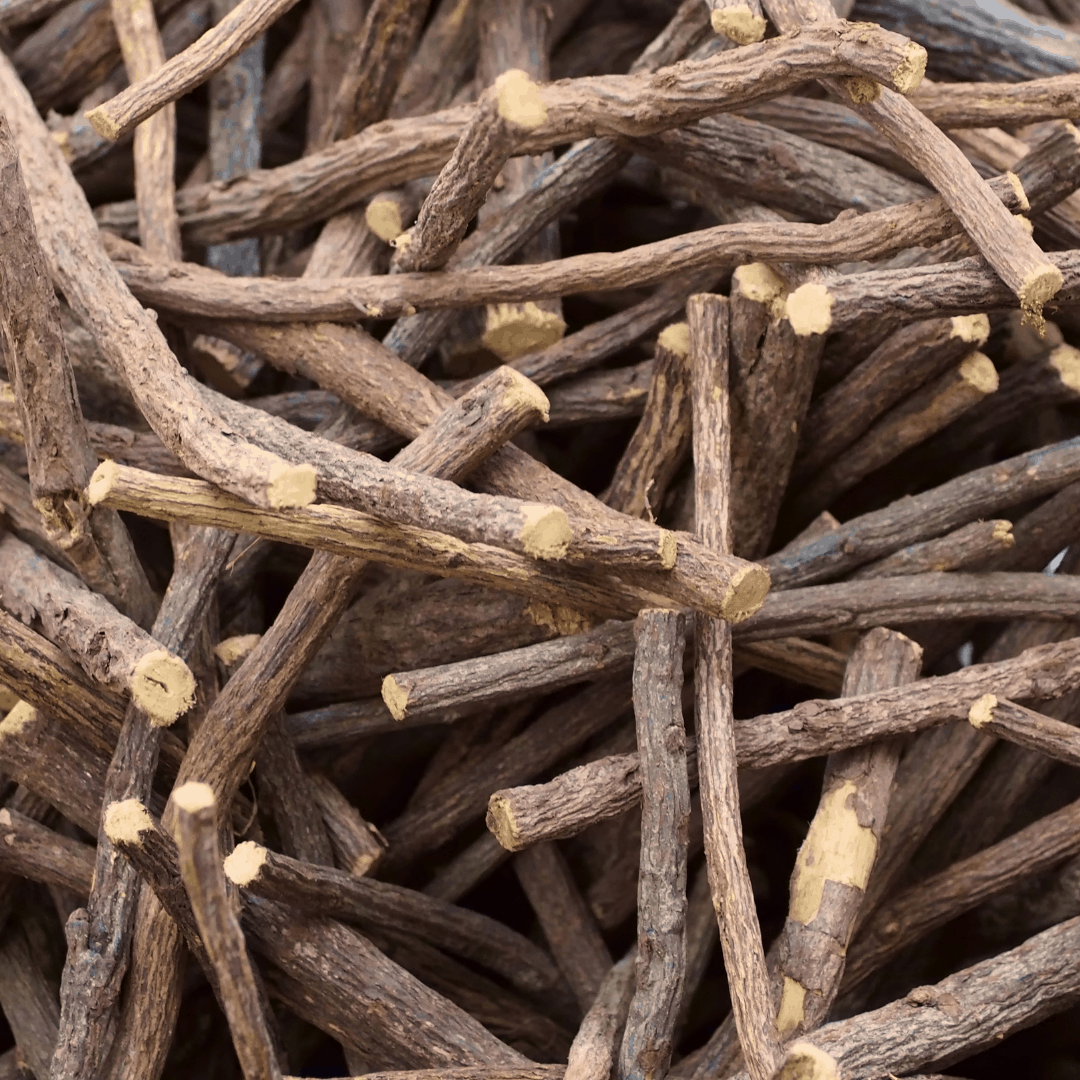
Remedies that are really great in the lungs include Mullein leaf. Plantain is a good one. Another one that I like but is more of a fringy remedy is pleurisy root (Asclepias tuberosa), which is a nice moistening remedy for lungs. Plantain will also work in the gut. I love marshmallow in the gut as well as. For the urinary tract, plantain is going to work in there too. I also like corn silk (zea mays), which is all the little stringy stuff inside the corn when you’re shucking corn. It’s demulcent and moistening for the urinary tract. Another remedy is couch grass (Elymus repens). It’s a nice demulcent, soothing, cooling, moistening remedy in the urinary tract. So it’s nice to add to formulas for urinary tract infections, especially those where it’s hot, irritated, dry, possibly bleeding. These herbs formulate very nicely with things like uva ursi or Oregon grape or yarrow or pipsissewa, some of these other remedies that might be a little bit more drying in the urinary tract.
Another remedy that I really like that doesn’t fit in the mucosal membrane dynamic is actually more in the joints, and that remedy is Solomon’s seal (Polygonatum). Solomon’s seal is excellent for what we would call yin deficiency in the joints or high vata in the joints—dry, creaky, popping, cracking, stiffness in the joints. Solomon’s seal brings a lot of moisture into the joints. It’s an awesome remedy that I’ve used a lot. Another remedy that I like for the joints is pleurisy root, which is nice for drawing moisture into the joints. Those are the two main ones that I like. Licorice can be used there as well.
For the nervous system, my top remedy for dry atrophy in the nerves is milky oats (Avena sativa). It’s an excellent moistening remedy that is pretty neutral temperature wise. I rarely say that everyone can take an herb, but I feel like almost everyone can take milky oats safely. It’s very gentle. But it’s very nice for restoring and rebuilding. That’s a key thing for atrophy in the nervous system. The old doctors would refer to that as neurasthenia or nervous system burnout. It’s one of our most specific remedies there. I have milky oats in pretty much every nervous system formula because a lot of our nervine remedies tend to be drying—either they’re warming and drying like valerian or asafetida or they tend to be bitter and drying like motherwort or skullcap or hops. Bitter tends to be draining on the system, so I really like to add milky oats to a lot of those formulas because it moistens and balances the formula out. It’s ironic because a lot of our nervines tend to be drying, yet the constitution that gets nervous is vata and vata is dry.
Vata is the most difficult constitution to treat (a) because it changes a lot, but (b) because they’re dry and most of our herbs are dry. So you have to be aware of this whenever you’re treating either vata conditions or someone with a vata constitution. You’ve got to make sure that you’re not overly drying them out. You need to know to check for that. So dry skin, dry hair, dry eyes, dry mouth, a dry tongue—maybe cracking or in serious cases withering—dry constipation, a dry cough—just dryness. Usually people know if they feel very dry. So you just want to assess those kinds of things.
In the liver, we have milk thistle (Silybum marianum). This is one of our remedies that’s specific for what we might refer to in the Chinese model as liver yin deficiency. Milk thistle is nice for helping the liver to process metabolic waste products, to rebuild and strengthen an atrophied liver. This is why the “atrophy” piece of that tissue state is so critical, because it’s not just dry, it’s this weak, withering, brittle, not-functioning-as-well property. That’s an important indication for these types of remedies. Milk thistle is good in terms of that dryness or atrophy in the liver.
Astringents
This is going to confuse you at first, but I’m going to do my best to explain it: the other action that can be great for dryness is astringents. How can an astringent be good for dryness? That doesn’t make any sense. You eat a green banana and it dries your mouth out, or you let your black tea steep too long and you drink it, and everything gets dry. How can an astringent be good for dryness? Well, we’ve got to think this through.
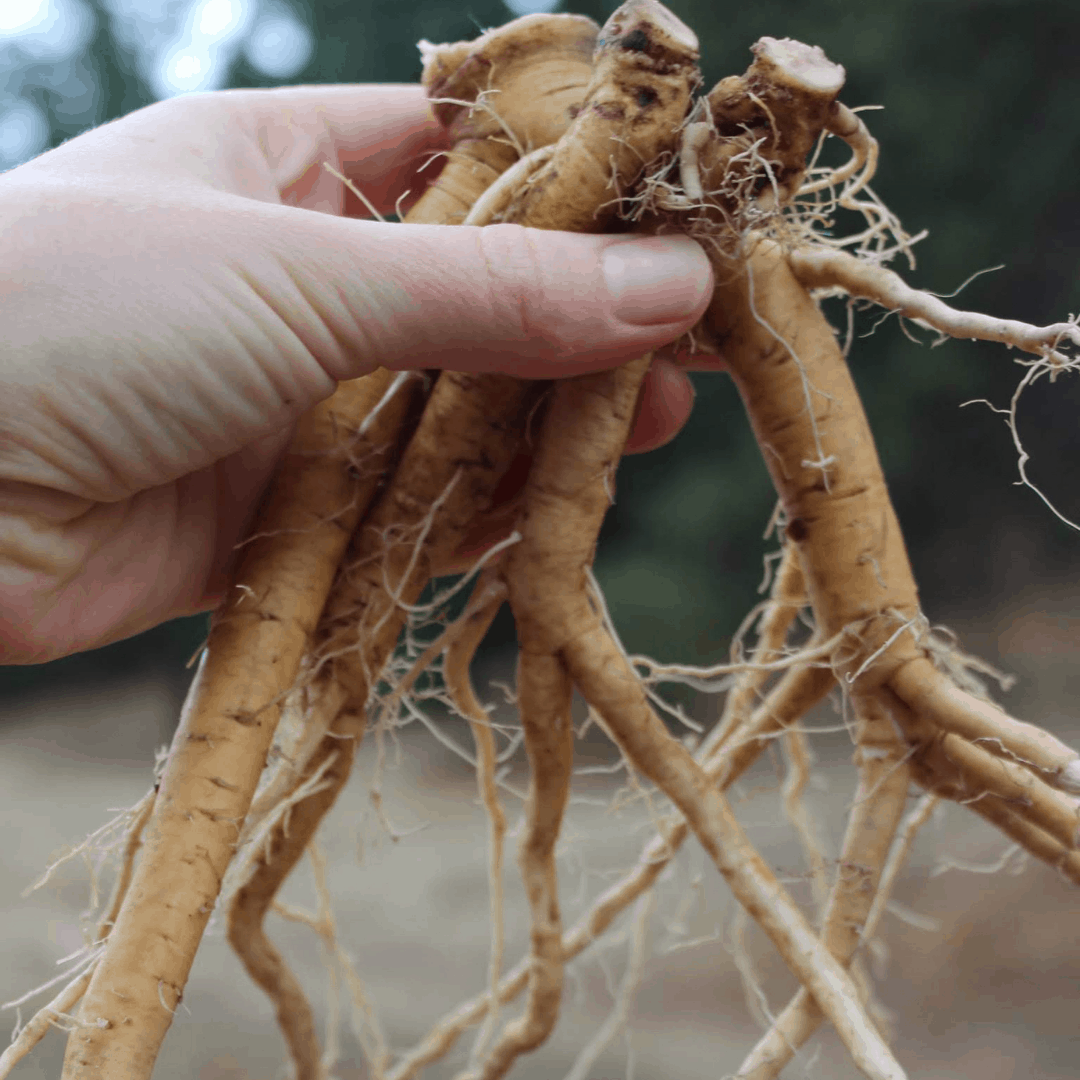
Astringents treat a tissue state that we call relaxation. Matt Wood refers to this as damp relaxation. This is a state of the tissues when the tone of the tissue is loose. So instead of being nice and tight, it gets loose and lax and boggy and kind of saggy. It loses its tone, like a guitar string that’s not wound too tight. A tissue that has lost its tone doesn’t hold fluids in. So with the relaxation tissue state, what we can see is excess sweating, urination, diarrhea. The old term for diarrhea was relaxation of the bowel. It’s not holding fluids in.
Say someone’s sweating all the time, peeing all the time, and has diarrhea all the time. They’ve got the worst of the worst of this tissue state. On the surface, they look really wet. All this fluid is just pouring out of them. But that fluid is going out of the body. Those fluids are leaving the body, which ultimately in the long-term is going to lead to dryness. So it is common for long-term damp relaxation, if the fluids are leaving the body, to turn into dry atrophy. Now there are ways this tissue state can be present but the fluids don’t leave the body, like with hemorrhoids or varicose veins or prolapsed tissues or prolapsed organs, and so on. That’s still the relaxation tissue state, but they’re not losing fluids. But if this tissue state is present and they’re leaking a bunch of fluids out, ultimately they’re going to get dry.
The way that we treat that relaxation is by astringents, by taking that loose, flabby, floppy tissue and tightening it up, bringing more tone back so then it can hold those fluids in. This can be confusing, but if someone is leaking fluids all the time, it doesn’t matter how much more fluids you put in their system. If they keep leaking them out, they’re not holding it in. Think of a garden hose with a hole in it. If you’re not getting enough water coming out of the sprinkler because there’s a hole in the garden hose, it doesn’t matter how much more water you force through the hose. You’ve got to patch the hole. That’s what our astringents do.
This is why sometimes, especially in Matthew Wood’s work, you’ll see things that seem a little bit paradoxical. I was just reading through his Earthwise Herbal Repertory, and he’s got a whole section on the tissue states. I was looking at some of his lists of remedies for dry atrophy. One remedy that he had there is Ceanothus, which is red root. Red root is so astringent, bitter and intense! I tend to think of that for relaxation. Or I think of it for stagnation. But he had it as a remedy for dry atrophy. I realized that it’s because it’s astringent, and it’s going to hold the fluids in a little bit better. That’s my way of thinking it through.
You also have to understand that many of Matthew Wood’s herb listings for this tissue state may not necessarily be focused on the dry aspect of it, but more for the atrophy aspect of it. A good example of that would be nettles. Nettles is a pretty drying remedy. It makes you pee more. It’s very diuretic. But it’s good for the atrophy side of this tissue state, which is weak, emaciated, and malnourished. Nettles is full of amino acids and nutrients and minerals and that can help to rebuild and restore that emaciation side of this tissue state.
There are different astringent remedies, from oak bark to blackberry root to red root to sage, raspberry leaf, lady’s mantle, rose, yarrow. These are all wonderful astringents. This is a very specific application of a certain kind of remedy that you only want to use when there’s dryness associated with relaxation.
Those are some of our main actions that we want to think about, that we want to consider for this dry atrophy tissue state. This is why you have to know your moistening remedies. I really encourage you to research herbs that will moisten vata or nourish yin if you’re studying Chinese systems, or just increase dampness in the tissues. These are all critical remedies to know.
I hope that was illuminating and clarifying for you. Obviously I didn’t cover every single moistening remedy in the universe. I wanted to give you a context here of something to think about, something to begin to be aware of both in your studies and research and work with medicinal plants and also when you start working with people to start tuning into this moisture quality. Is the person dry? Are they absorbing? Are they distributing? Is there any water or oil dehydration? Make sure your clients are drinking enough water, that they’re eating quality oils and fats in their diet. Hopefully this gives you a useful tool that you can take out into the world and help people.


